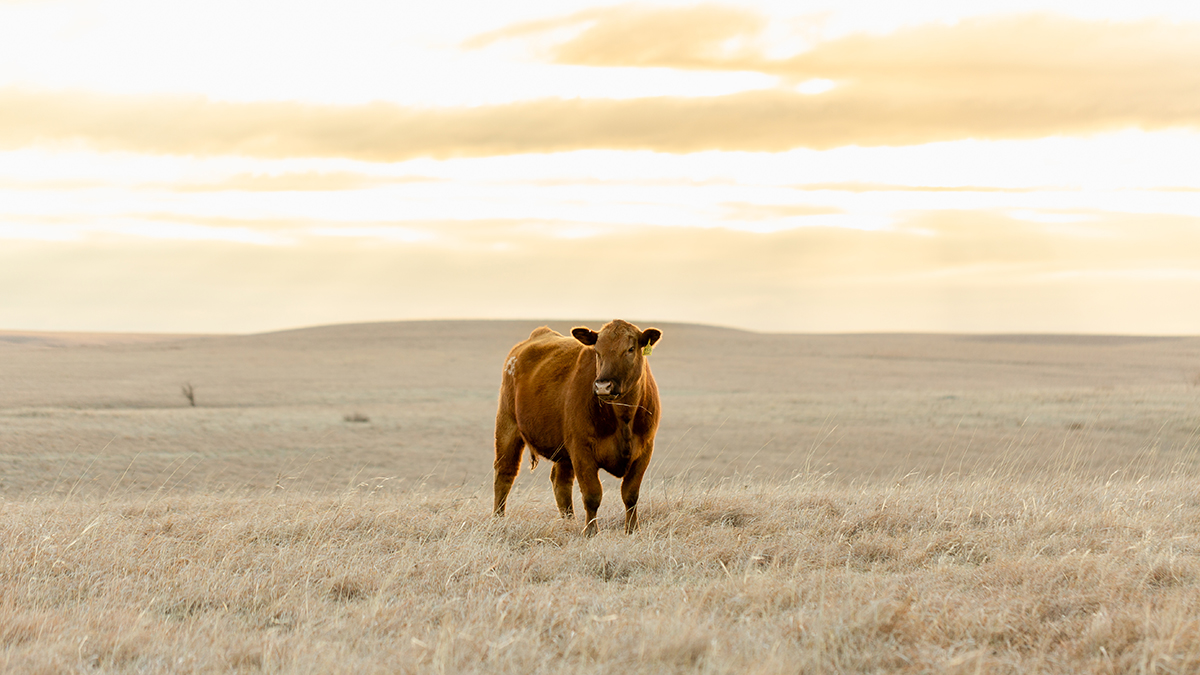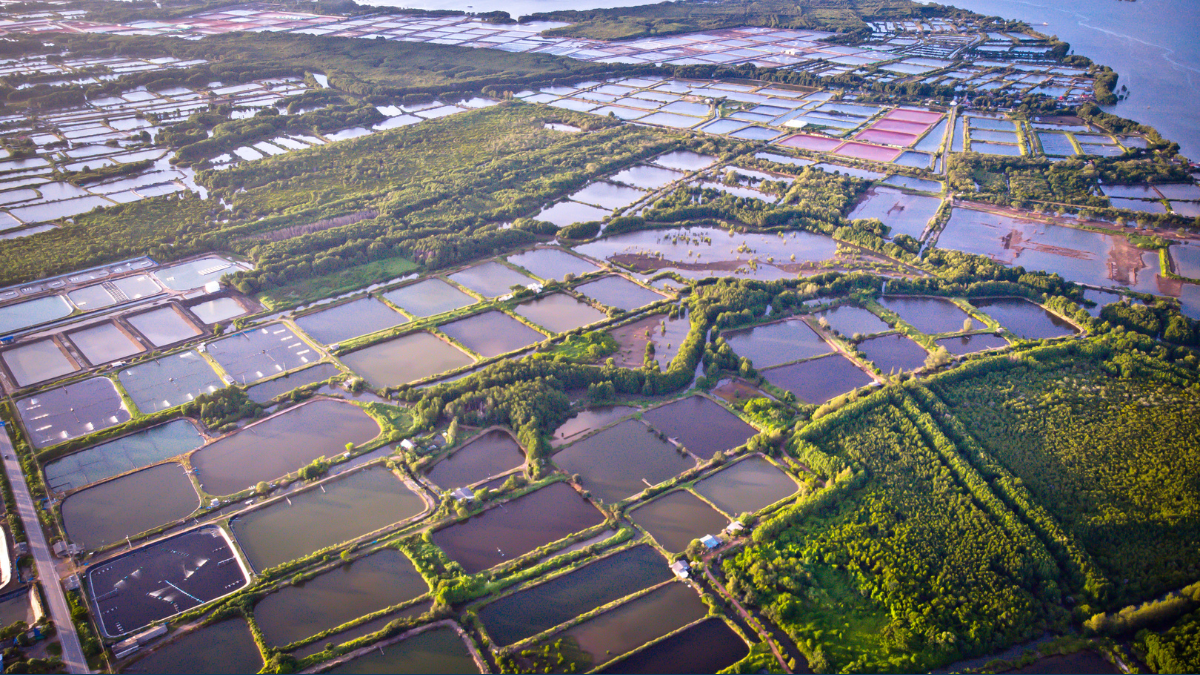What we’ve learned from 10 years of PED
Porcine epidemic diarrhea (PED) is a highly contagious viral disease that poses significant challenges to the swine industry worldwide. To effectively combat PED, a comprehensive approach involving prevention, robust biosecurity measures, effective disinfection practices, and an understanding of potential routes of entry into swine operations is essential.
Insights from the Swine Health Monitoring Project
In 2013, the introduction of PED into the United States brought a heightened awareness of disease transmission. As the first major foreign animal disease in the U.S. swine industry in decades, PED prompted the Swine Health Monitoring Project (SHMP) team, led by Dr. Bob Morrison, to extend its porcine reproductive and respiratory syndrome (PRRS) epidemiology initiative to include PED.
Dr. Morrison, a respected swine veterinarian and University of Minnesota professor, had initiated the PRRS project to enhance understanding of the epidemic’s dynamics and seek alternative strategies to combat the disease. The integration of PED into the project meant that this model not only shed light on the PED outbreak but provided invaluable insights into the impacts of introducing new diseases to U.S. animal industries and the evaluation of control strategies.
Today, disease dynamics are reported weekly in the Morrison SHMP report. Below is an example of the PED report that many veterinarians and industry leaders receive.
This report tracks new PED cases from the initial detection of the disease in the U.S. The chart is interpreted as follows:
- “EWMA” signifies the “Exponentially Weighted Moving Average,” where weekly new case numbers, represented by the green dots, influence the movement of the weighted average, represented by the blue line. Enrolled farms update their statuses from negative to positive and vice versa.
- The number of enrolled farms, displayed at the top, affects the movement of the red “Epidemic Threshold” line. When the blue line surpasses the red line, an active outbreak is in progress; as the blue line drops below the red, the outbreak is stabilized.
- The chart also notes the commencement of outbreaks each year, indicated by specific dates. This assists veterinarians and producers in discerning the merits of seasonal versus continuous biosecurity measures.
PED classification scheme
To further understand the disease movement dynamics of PED in the U.S. swine herd, farms use a standardized classification scheme to track changes to further define cases in the U.S. This can be seen in the following chart, and the classifications are as follows:
- Farms in Status 1, “positive unstable,” continue to experience new cases within the herd each day, demonstrating unchecked movement of the virus through the herd.
- Farms in Status 2fvi, “positive stable, field virus inoculation,” have elected to maintain a protocol of planned exposure to live virus to animals entering their herd, with the goal of producing effectively immunized animals prior to entry into the breeding herd.
- Status 2 farms, “positive stable,” have stabilized the herd from unplanned natural exposure. A “positive stable” status means that, although the virus is still identified on the farm through positive PCR on testing, the number of new daily cases has leveled out and stabilized.
- Status 3, “provisionally negative,” means that there are no longer PCR positive samples identified, but it has not yet been three consecutive months without any new cases.
- Status 4, “negative,” is attained when that threshold of three consecutive months has elapsed.
What does all this mean for producers and their veterinarians?
Bear in mind that PED is transmitted via the fecal-oral route, with little to no evidence of aerosol transmission. For this reason, outbreaks and subsequent control programs must be directed at possible fomite entry into the operation. This could be through contaminated equipment, supplies, animals, feed or personnel. Addressing these routes of entry into the herd becomes critically important, especially when one considers that these same routes of entry are how other foreign animal diseases, such as African swine fever, can enter a herd.
One valuable tool in understanding virus transmission into a herd has been Glo Germ. This product has traditionally been used to demonstrate to children how to properly wash their hands to get all the germs off, but the same principle can be applied to any livestock operation:
- To understand how viruses can infiltrate a facility, generously apply Glo Germ to the floor around any entries, wait a few days, and evaluate the surrounding floors with a blacklight.
- Spread it on the outside of boxes and bags of products coming into the farm to help staff understand how to safely transfer products into the barn.
- Put it on equipment to show how to thoroughly wash and disinfect items before entering the farm.
- Spread it on the floor of livestock trailers prior to backing up to the barn to demonstrate how contaminated trailers can contribute to disease outbreaks.
Glo Germ and hand-held blacklights can be purchased online for very reasonable prices and are excellent assets to employ in improving biosecurity on the farm.
The role of feed in disease transmission
One final concept we learned during the introduction of PED into the U.S. was the role that feed can play in the transmission of disease. Feed mills work incredibly hard to manufacture feed safely, but the sources of feed, and even the unloading methods, can lead to unintentional contamination. Mitigation of viral particles in the feed is a new field of study and another critical component of biosecurity that must be considered when evaluating all methods of viral entry into an operation.
Conclusion
Although not nearly as prevalent in our industry today as it was in 2013–14, PED remains a significant challenge for the swine industry. By adopting a comprehensive approach that includes strict biosecurity measures, effective disinfection practices, and an understanding of potential routes of entry, swine operations can mitigate the risk of PED introduction and safeguard the health and productivity of their herds. The lessons we can learn from today’s PED outbreaks can and will prove valuable as we look to the horizon for the next challenges our industry will undoubtedly face.
I want to learn more about nutrition for my pig herd.
- Read more about What we’ve learned from 10 years of PED
- Log in to post comments

<script charset="utf-8" type="text/javascript" src="//js.hsforms.net/forms/v2-legacy.js"></script>
<![endif]--><script charset="utf-8" type="text/javascript" src="//js.hsforms.net/forms/v2.js"></script><script>
hbspt.forms.create({
portalId: "745395",
formId: "60231863-171f-40d3-8aab-9c79cd363ae2"
});
</script>




























